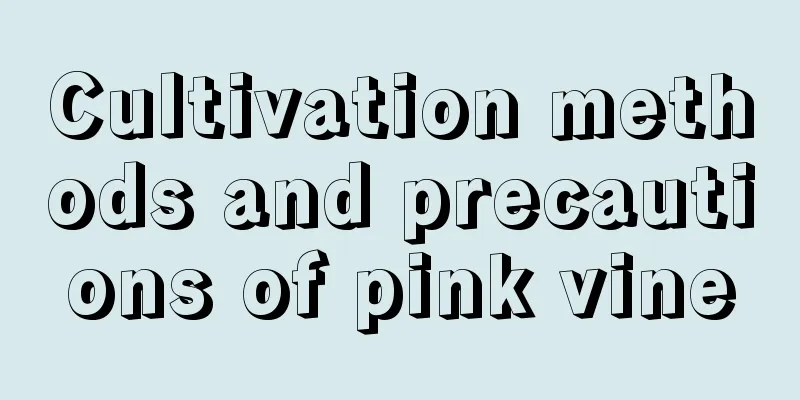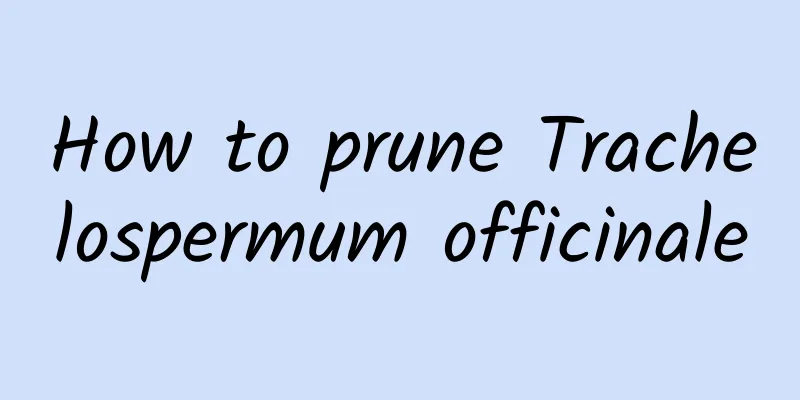Factors that affect seed germination rate

There are quality issues with seedsThere are many flower seeds on the market at present. When purchasing, whether they are domestic seeds or imported seeds, flower lovers should pay attention to the production date and shelf life marked on the packaging bag. Do not buy seeds that are not marked. Most expired seeds have lost their vitality and will not germinate. In addition, when purchasing seeds, flower farmers should have a basic understanding of them, for example, whether the seeds they buy are annual or biennial flowers, perennial flowers, spring flowers or autumn flowers. Generally speaking, seeds sown in spring usually bloom in summer and autumn; seeds sown in autumn generally bloom in spring and summer (except woody flowers). If the sowing time is wrong and there are no certain off-season cultivation conditions, it will be difficult to achieve the expected flowering purpose. You should be extremely cautious when purchasing flower varieties that you have never grown before. Inadequate seed processingDifferent seed processing methods should be used for seeds of different flowers. Seeds that are easy to germinate can be soaked, such as impatiens seeds can be soaked in warm water at room temperature of 40℃ for a day and night, and then rinsed and sown. Hard seeds, such as asparagus fern, peony, sweet olive, amaranth, and daphne, are best soaked in 40°C hot water for about 48 hours before sowing them into the potting soil. They will germinate and grow after 20 to 30 days. For plants such as Pearl Bush and Bauhinia that have a short dormancy period and are easy to germinate, soak the seeds in warm water at 40℃~60℃ for 24~48 hours and then sow them directly. Some flower seeds need to be treated with low temperature for a certain period of time to promote ripening, break the dormancy of the embryo and germinate, such as lilac, wintersweet and some autumn-sown herbaceous flowers. Some flowers have the characteristic of double dormancy of radicle and hypocotyl, that is, their radicle needs to go through a high temperature stage of 25℃~32℃ for 1 to 2 months or longer to break dormancy, such as the seeds of tassel, viburnum, and peony. Ignoring the optimum temperature for seed germinationIn addition to certain moisture conditions, the germination of dry seeds must also have a certain suitable temperature. For example, the suitable temperature for germination of Cruciferae must be between 5℃ and 20℃, the suitable temperature for germination of Gerbera must be between 20℃ and 25℃, and the suitable temperature for germination of Primrose must be between 15℃ and 18℃. Temperatures that are too high or too low will affect the germination rate of flowers and may even cause seed mildew, greatly reducing the germination rate and seedling rate. Inappropriate sowing periodSeeds with large grains, solid skin or containing oil, such as flower seeds such as roses, pomegranates, kumquats, and magnolias, are suitable for sowing in autumn. Seeds with smaller grains and thinner skins, such as chrysanthemum, asparagus fern, impatiens, hibiscus, trumpet creeper and other flowers, are suitable for sowing in late spring. Seeds that require high temperatures to germinate should be sown in time after they mature. Flowers such as cyclamen, cineraria, and amaryllis should be sown in early summer. Problems with seeding qualityThere are two ways to sow flowers: open field sowing and pot sowing. Regardless of which method is used, the soil must be loose and breathable, with fine particles and good drainage. It is better to use fertile soil rich in humus nutrients and with moderate acidity and alkalinity, which is conducive to seed germination. Specific sowing methods include broadcast sowing, row sowing and hole sowing. Water sufficiently before sowing and cover with plastic film after sowing to prevent the soil from being too dry and affecting seed germination and emergence. The sowing depth should generally be 2.5 times the diameter of the flower seeds. Small seeds of cockscomb, daisy, begonia, cineraria, etc. should be mixed with fine sand and then sown. During the seed germination period after sowing, attention should be paid to spraying water to maintain moisture, but not too much water should be sprayed to prevent rotting of the seeds and the fibrous roots of the seedlings. Ignore the effect of lightAfter sowing flower seeds, proper light can increase the temperature of the soil and induce seed germination, which is especially important for the seeds to break through the seed coat, take root and sprout. This not only affects the seed germination rate, but is also directly related to whether they can grow into good and strong seedlings. Therefore, from the sowing to the transplanting stage, the light needs of flowers for growth should be met as much as possible, and the light intensity should be a gradual transition from shade to weak light to natural light. |
<<: Notes on flower cultivation: flower care
>>: How to keep family courtyard flowers warm during winter
Recommend
It only took her 1,000 days to transform the shabby chicken coop into a garden wonderland, and everyone in the village was envious!
Chicken coop becomes garden Looking at the garden...
How to plant and manage peanuts during flowering to achieve high yields (Key points of peanut flowering management technology)
1. Watering to fight drought Peanuts are deep-roo...
Gypsy breeding methods and precautions
1. Maintenance methods 1. Substrate selection: Gy...
How to grow cotton to achieve high yield?
Cotton is one of the important agricultural crops...
What fertilizer is good for grape vines?
Overview of Grapevine Fertilization Grapevines ar...
What should I do if the leaves of Christmas cactus become soft in winter? The leaves become thinner and softer.
1. Control the temperature Christmas cactus is a ...
Does the pennywort need to be watered every day?
Do you water the pennywort every day? Pennywort i...
Safflower planting conditions and environmental requirements are suitable for planting in places
Safflower Planting Conditions Safflower prefers a...
How to propagate passion fruit
Passion fruit cutting time Cutting propagation ge...
How to reproduce Rhinoceros horn
Reproduction method Division If you want to do it...
How to breed Emperor Jade and what to pay attention to
How to breed Emperor Jade There are generally thr...
How to grow forget-me-nots in a vase
1. Root pruning and oblique insertion Before inse...
How many times can Ganoderma be planted in a year?
Ganoderma lucidum is a precious Chinese medicinal...
What are the cultivation methods and precautions for carnations?
Carnation growth habits Carnations do not like su...
When is the best season to plant onions?
Onion is a common vegetable. Raw onion has a stro...









